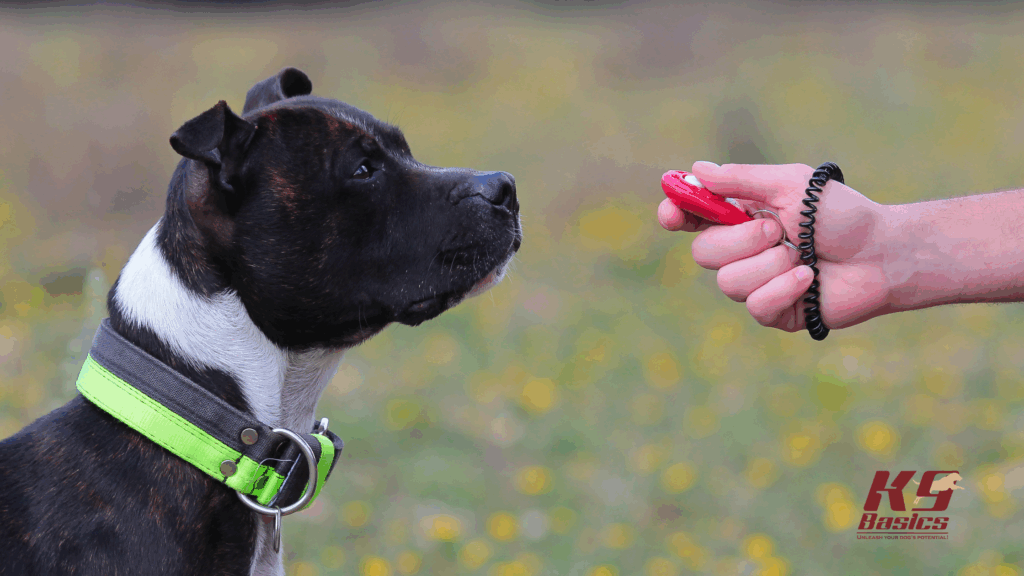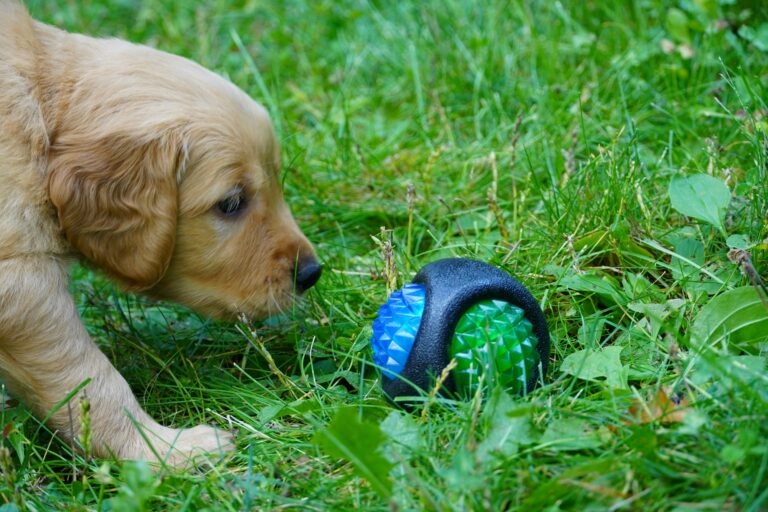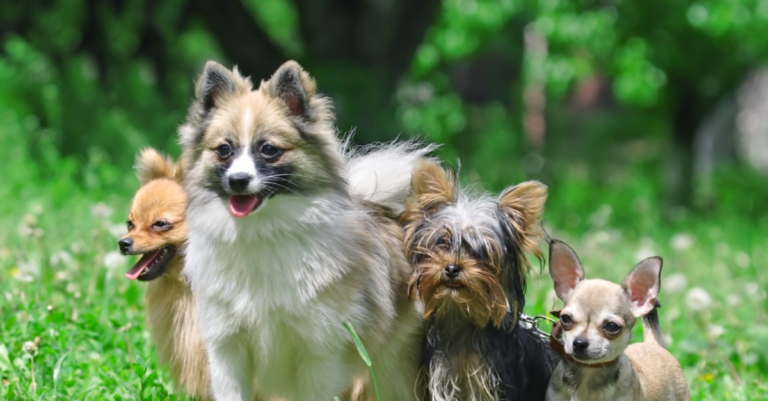Is there a charming little canine that has recently become part of your family? Or perhaps, a petite four-legged friend who’s behavior could use a little bit of polishing? If either of these scenarios resonates with you, then our comprehensive guide on “Mastering Manners: Small Dog Basic Obedience Training” is a must-read! 🐶
In the following sections, we will delve into the fundamentals of canine training, focusing specifically on small dogs. Training a small breed requires a distinct approach compared to their larger counterparts, and we aim to give you the tools and understanding you need to achieve the best results. Expect to uncover the secrets of effective communication with your pint-sized pup and the techniques to make obedience training a delightful experience for both of you.

Not only will we provide you with step-by-step instructions for basic obedience commands, but we will also discuss the importance of consistency, patience, and positive reinforcement. Moreover, we will give you insights into dog psychology, helping you understand why certain behaviors occur and how to handle them effectively. Get ready to embark on a rewarding journey that promises to fortify the bond between you and your small dog while promoting well-mannered behavior.
Understanding the Importance of Dog Training
Training your small dog is a crucial part of fostering a healthy and beneficial relationship between you and your pet. In addition to keeping both you and your dog safe, basic obedience training is fundamental in ensuring that your small dog becomes a well-mannered and enjoyable companion.
Dogs, regardless of their size, are instinctively pack animals. Therefore, they seek a clear social structure in which roles are defined. In your household, it is essential that your dog recognizes you as the pack leader. This recognition can be facilitated through the use of obedience training, which establishes your dominance and authority.
Key Benefits of Obedience Training
- Prevents behavioral problems
- Improves safety
- Strengthens the bond between the owner and the pet
- Contributes to the dog’s mental stimulation
- Allows for socialization
Choosing the Right Training Environment
Selecting an appropriate training environment is essential for successful small dog training. Begin with a quiet, familiar space where your dog feels safe and is free from distractions. A low-stress environment allows your dog to focus on you and the task at hand. As training progresses, gradually introduce new environments with more distractions to generalize their learning and build confidence. Outdoor spaces, public parks, or pet-friendly stores are excellent for advanced practice sessions, but only after your dog has mastered the basics at home.
Understanding Your Dog’s Learning Style
Every dog has a unique learning style. Some are food-motivated, while others respond better to toys, praise, or physical affection. Observing your dog closely during early training sessions will help you identify what motivates them most effectively. Tailoring your approach to their preferences increases engagement and accelerates learning. Additionally, consider the pace at which your dog learns; some small breeds may pick up commands quickly, while others may need more repetition and patience.
The Role of Body Language in Training
Dogs are highly observant creatures that rely heavily on body language to communicate. Your posture, tone of voice, facial expressions, and hand gestures all influence how your dog interprets commands. Using consistent gestures alongside verbal cues reinforces learning. For example, using an upward hand motion for ‘sit’ or a flat palm for ‘stay’ helps build visual associations. Calm, confident body language signals leadership and helps your dog feel secure and more inclined to follow your lead.
Expanding on Basic Commands
Beyond ‘sit’ and ‘stay,’ several other foundational commands should be part of your small dog’s obedience training. These include ‘come,’ ‘leave it,’ and ‘down.’ The ‘come’ command is critical for recall and safety. Begin practicing in a low-distraction area with a long leash, and always reward generously when your dog returns to you. The ‘leave it’ command teaches impulse control and can prevent your dog from picking up harmful objects. ‘Down’ is a submissive posture and helps with calming overexcited pups.
Training Through Play
Play is not only a great bonding activity but also an effective training tool. Integrating short training exercises into play sessions helps reinforce commands in a relaxed and enjoyable context. Games like fetch can include commands like ‘drop it’ or ‘come,’ while tug-of-war can be paused to practice ‘sit’ or ‘wait.’ Training through play keeps sessions fun, prevents boredom, and enhances your dog’s eagerness to engage.
Setting Realistic Expectations
Small dogs can learn quickly, but it’s important to set realistic expectations. Training is not a linear process; some days will be more successful than others. Progress depends on many factors, including age, personality, health, and previous experiences. Puppies may need multiple short sessions each day, while adult dogs can focus for longer periods. Acknowledge small wins and stay positive, knowing that each effort contributes to long-term success.
Using Clicker Training for Precision
Clicker training is a popular positive reinforcement method that uses a small device to make a clicking sound as a marker when your dog performs a desired behavior. The click is immediately followed by a treat, clearly communicating to your dog which action earned the reward. This method is especially useful for teaching complex behaviors or shaping new tricks. Consistency in timing is crucial, so practice your own timing to ensure the click occurs at the exact moment of the desired behavior.

Preventing and Managing Training Plateaus
At some point, your dog may hit a training plateau where progress seems to stall. This is a common and natural part of the learning curve. To overcome plateaus, vary your rewards to keep your dog motivated. Instead of always using the same treat, rotate between toys, different snacks, or praise. You can also introduce new environments or increase the challenge of commands gradually. Keep sessions short and end on a positive note to maintain enthusiasm.
Consistency Across Family Members
For obedience training to be truly effective, all members of your household need to be on the same page. Dogs thrive on consistency, and conflicting cues can confuse them. Ensure everyone uses the same commands and reward system. Hold a family meeting to agree on training goals and techniques. Encourage each member to participate in training sessions so your dog becomes responsive to everyone in the household.
Incorporating Training into Daily Life
Training doesn’t always have to happen during formal sessions. You can integrate obedience practice into daily routines. Ask your dog to ‘sit’ before meals, ‘stay’ before going out for walks, or ‘come’ when it’s time for play. These mini-sessions reinforce learning and help your dog see obedience as a normal part of life, not just a special activity. This approach ensures your dog remains mentally stimulated and constantly reminded of their training.
Sit Command
The ‘Sit’ command is one of the simplest and most useful commands to teach your dog. Start by holding a treat close to your dog’s nose and then move your hand up, allowing their head to follow the treat and causing their bottom to lower. Once they’re in sitting position, say “Sit,” give them the treat and share affection.
Stay Command
The ‘Stay’ command is crucial for keeping your dog safe, especially in potentially dangerous situations. Begin this command by asking your dog to sit. Then, open the palm of your hand in front of you and say “Stay.” Take a few steps back and reward your dog with treats and praise if they stay.
Socialization Skills
Another important part of obedience training is socialization. This involves exposing your dog to a variety of experiences, including different environments, people, and other animals, to help them feel more comfortable in different situations.
Early Socialization
The earlier you start socializing your dog, the better. Early socialization helps them to adapt more easily to new experiences and reduces the likelihood of fear or aggression. This can be as simple as taking your dog to different parks, exposing them to different noises, or inviting visitors to your home to interact with your dog.
Continuous Socialization
Just like training, socialization should also be ongoing. Regularly taking your dog to pet-friendly places or organizing playdates with other dogs can help reinforce their socialization skills.
Addressing Unwanted Behaviors
Even with training and socialization, your small dog might occasionally display unwanted behaviors. These could include excessive barking, chewing on furniture, or aggression towards other animals or people.
Prevention and Management
The best way to address these unwanted behaviors is through prevention and management. This involves identifying the root cause of the behavior, providing an appropriate outlet for their needs, and reinforcing positive behavior.
In conclusion, mastering manners in small dogs involves understanding the importance of dog training, establishing the foundations of training, implementing basic commands, fostering socialization skills, and addressing unwanted behaviors. Remember, consistency and patience are key in training your small dog. With time, your dog will not only become well-behaved, but also a happier and healthier pet.
Troubleshooting Common Training Challenges
Even the most dedicated dog owners can encounter challenges during obedience training. Small breeds, in particular, may display stubbornness or selective listening, which can be frustrating if not managed carefully. It is important to approach these challenges with a problem-solving mindset rather than frustration.
One frequent issue is the dog appearing to understand a command in a quiet environment but ignoring it in more stimulating surroundings. This situation, known as a lack of generalization, is common. Dogs do not automatically apply what they learn at home to new places. To address this, practice commands in increasingly diverse settings, gradually introducing distractions as your dog becomes more confident.
Another challenge is when dogs regress in their training. Regression can occur after changes in routine, environment, or even due to developmental stages like adolescence. In such cases, returning to the basics with extra patience and positive reinforcement can quickly get your dog back on track.
Consistency remains the most powerful tool in overcoming any training setbacks. Resist the urge to vary the rules even slightly, as inconsistency can confuse your dog and undo your hard work.
Enhancing Focus and Engagement During Training
Keeping a small dog’s attention during training sessions can sometimes feel like an uphill battle. Their energetic and inquisitive natures can easily lead them astray. To maintain engagement, keep training sessions short, dynamic, and highly rewarding.
Sessions should ideally last no longer than 5 to 10 minutes for small breeds, especially puppies. Incorporating a variety of activities and mixing up the commands prevents boredom. For instance, you can switch between teaching “sit,” practicing “stay,” and working on “come” within a single session.
Using high-value treats—those that your dog finds particularly irresistible—can also enhance focus. Reserve these special treats exclusively for training, making them more desirable. Praise should always be enthusiastic and immediate, reinforcing that paying attention and following commands is highly rewarding.
Training at your dog’s optimal energy levels is another trick to enhance focus. Schedule training after light exercise when your dog has burned off excess energy but is not overtired.
Building Confidence Through Obedience Training
Confidence-building is an often-overlooked but critical component of small dog obedience training. Small dogs are frequently coddled or shielded from new experiences due to their size, which can inadvertently foster anxiety or fear-based behaviors.
Training empowers small dogs by giving them predictable structures and clear expectations. Each successfully learned command boosts your dog’s confidence and encourages a “can-do” attitude. Celebrate their achievements with lavish praise and ensure that every new learning experience is framed positively.
Expose your dog gradually to a variety of environments, sounds, surfaces, and situations, rewarding calm and curious behavior. Over time, your dog will learn that new experiences are safe and even enjoyable. A confident small dog is not only easier to train but also less likely to develop behavioral issues like excessive barking or reactivity.
Using Obedience Training for Daily Enrichment
Obedience training is not just about correcting behavior; it is also a fantastic tool for daily mental enrichment. Small dogs, despite their size, have sharp minds that require regular stimulation.
Incorporating obedience drills into daily activities adds variety and challenge to your dog’s life. For example, ask for a “sit” and “stay” before setting down the food bowl, practice “heel” during walks, or play games like hide-and-seek using recall commands.
Interactive toys and puzzle feeders that require your dog to perform tasks to earn rewards are another way to blend obedience skills with mental stimulation. These activities satisfy your dog’s natural problem-solving instincts and channel their energy into positive outlets.
Preparing for Advanced Training and Canine Sports
Once your small dog has mastered basic obedience, you might consider exploring more advanced training options. Many small breeds excel in activities like agility, rally obedience, trick training, or even therapy work.
Agility courses can be adapted to suit smaller dogs, offering both physical exercise and a tremendous confidence boost. Trick training is another excellent avenue, reinforcing obedience skills while teaching your dog impressive and fun behaviors like spinning, weaving between your legs, or retrieving specific objects by name.
Participation in canine sports and advanced training not only strengthens your bond but also keeps your dog mentally sharp and physically fit. These activities are wonderful long-term goals after establishing a strong obedience foundation.



